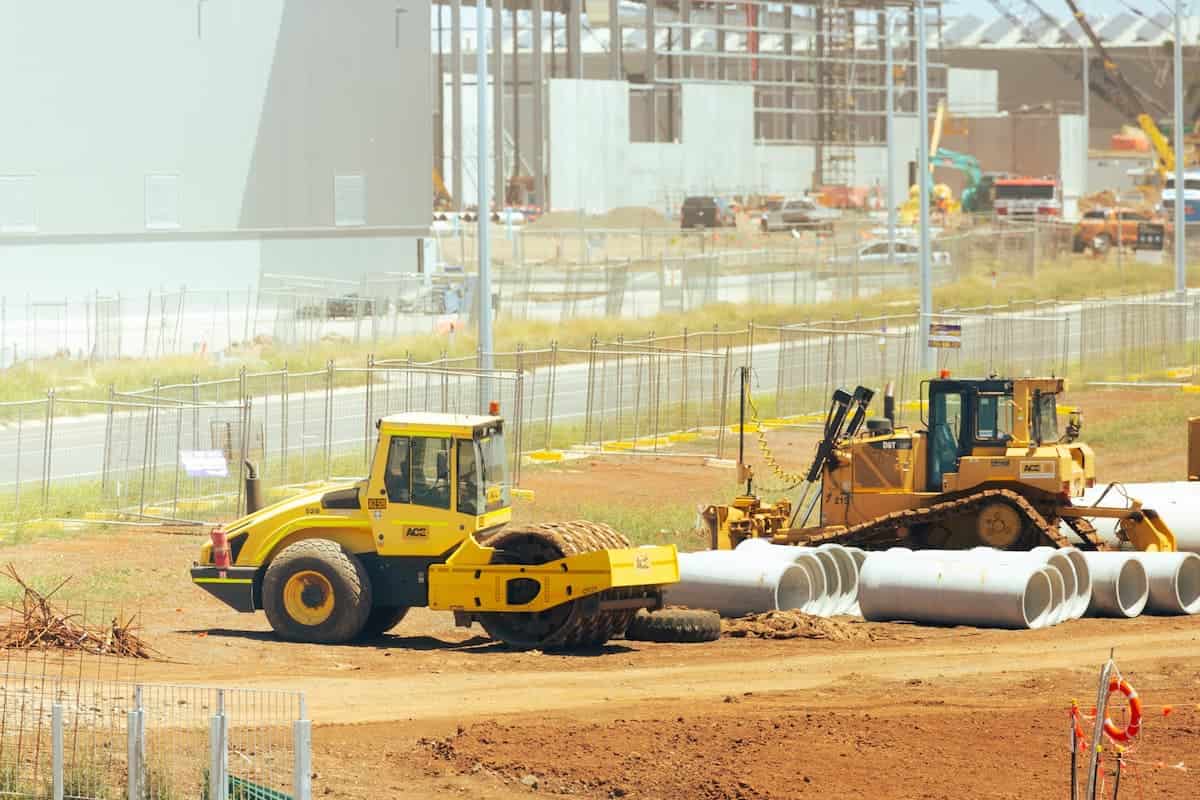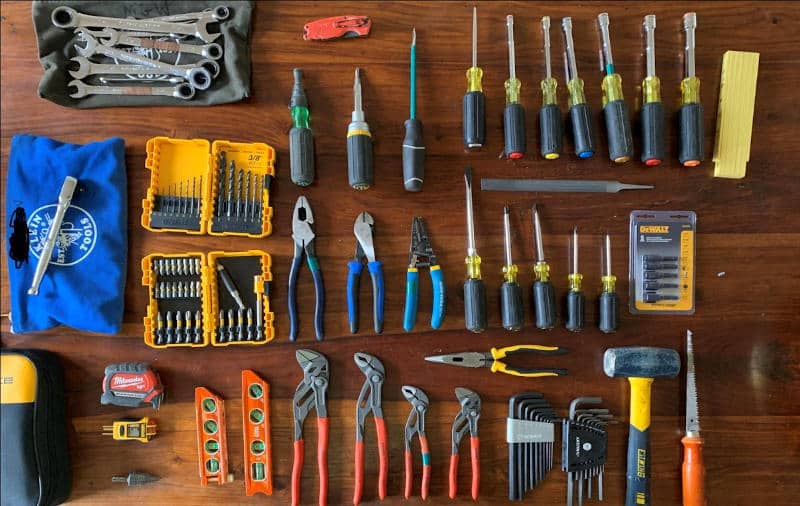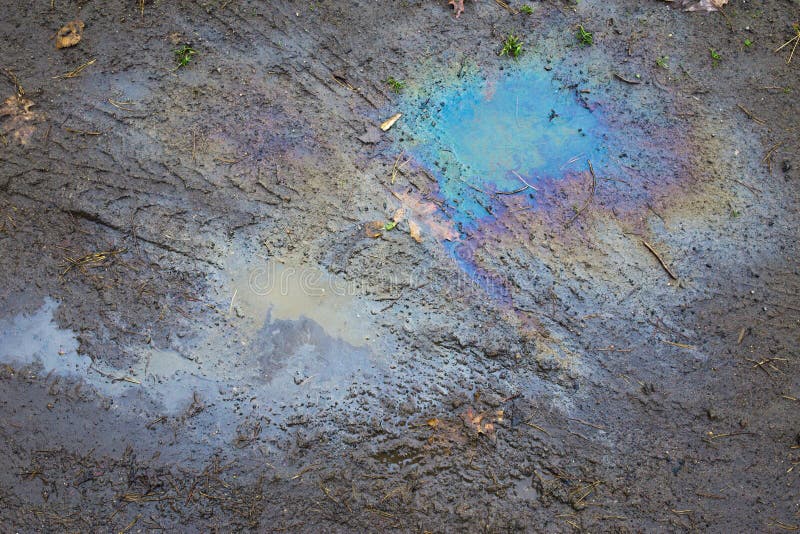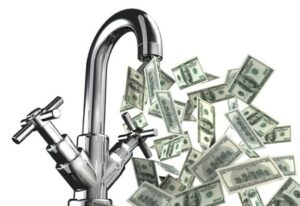How to Troubleshoot Common Issues with Gully Traps
Troubleshooting common issues with gully traps is an essential skill for homeowners and property managers to prevent drainage problems and maintain a functional sewer system.
Gully traps are vital components of the drainage system, designed to capture and manage wastewater and prevent debris from entering the sewer lines. When issues arise, they can lead to blockages, foul odors, and even property damage. In this guide, we’ll explore how to troubleshoot and address common gully trap issues.
Foul Odors:
- Cause: Foul odors emanating from the gully trap may result from the accumulation of organic matter and debris.
- Solution: To address this issue, clean the gully trap thoroughly. Remove any debris or organic matter that may be blocking the flow of water. You can use a plumbing snake or a specialized gully trap cleaning tool to clear blockages effectively. Regularly maintaining the gully trap can prevent this issue from recurring.
Slow Drainage:
- Cause: Slow drainage in a gully trap may be due to blockages caused by a buildup of debris, grease, or other materials.
- Solution: To resolve slow drainage, remove the gully trap cover and inspect for obstructions. If you find any debris or blockages, remove them with a drain snake or similar tool. Regular cleaning and maintenance can prevent this problem in the future.
Overflowing Gully Trap:
- Cause: An overflowing gully trap can be a sign of a severe blockage or a malfunctioning gully trap.
- Solution: First, remove any visible blockages from the gully trap. If the problem persists, it may be due to a damaged or incorrectly installed gully trap, which should be repaired or replaced by a professional plumber. Ensure that the gully trap is properly graded to allow water to flow freely and prevent standing water.
Gully Trap Cover Issues:
- Cause: Gully trap covers that are loose or damaged can lead to odors, safety hazards, and contamination.
- Solution: Secure or replace the gully trap cover as needed. A well-fitted cover prevents odors and provides a safe surface. Regular inspections of the cover can help identify issues before they become problematic.
Backflow from Gully Trap:
- Cause: Backflow from the gully trap into your property may result from a blocked sewer line or improper gully trap installation.
- Solution: Inspect your sewer lines for blockages. If you suspect a blockage, consider using a plumber’s snake to clear it. If backflow persists, consult a professional plumber to investigate and address any installation issues.
Cracked or Damaged Gully Trap:
- Cause: Gully traps may crack or deteriorate over time due to age, exposure to harsh weather conditions, or damage.
- Solution: Replace the damaged gully trap with a new one. Ensure that it is installed correctly and that the connections are secure to prevent leaks and further damage.
Gully Trap Leaks:
- Cause: Leaks in the gully trap can result from poor installation, damage, or deteriorated seals.
- Solution: Inspect the gully trap for visible leaks. If you find any, you may need to replace damaged seals, tighten connections, or, in some cases, replace the gully trap itself. Professional plumbers can assist with difficult repairs.
Inadequate Ventilation:
- Cause: Inadequate ventilation can lead to gully traps not draining properly, causing slow drainage and odors.
- Solution: Ensure proper ventilation of your gully trap. The vent should extend above roof level and allow air to enter, preventing a vacuum effect. Regularly inspect the vent to ensure it remains unobstructed.
Incorrect Gully Trap Installation:
- Cause: Gully traps that are not installed at the correct depth or angle may not function properly.
- Solution: If you suspect an installation issue, consult a professional plumber to assess and correct any errors. Correct installation is crucial for the gully trap to perform its function efficiently.
Groundwater Flooding:
- Cause: During heavy rain or flooding, groundwater can overwhelm gully traps, causing water to back up into your property.
- Solution: If groundwater flooding is a recurring issue, consider installing an additional drainage system or sump pump to manage excess water. Consult with a professional to determine the most effective solution for your property.
In addition to these common gully trap issues, it’s essential to perform regular maintenance to prevent problems from arising in the first place. Here are some general maintenance tips:
- Clean your gully trap regularly to remove debris and prevent blockages.
- Inspect the gully trap cover for damage or loose fittings and replace it if necessary.
- Ensure that the gully trap is correctly graded to allow proper drainage.
- Check the vent for obstructions and ensure it provides adequate ventilation.
- Regularly inspect the area around the gully trap for signs of erosion or settling, which can affect its function.
In conclusion
troubleshooting common issues with gully traps is essential for maintaining a functional drainage system and preventing costly repairs. By identifying and addressing problems early, and performing regular maintenance, you can ensure that your gully trap operates efficiently, preventing foul odors, blockages, and other drainage issues. If you encounter complex or recurring problems, don’t hesitate to seek assistance from a professional plumber to ensure your gully trap functions properly.














